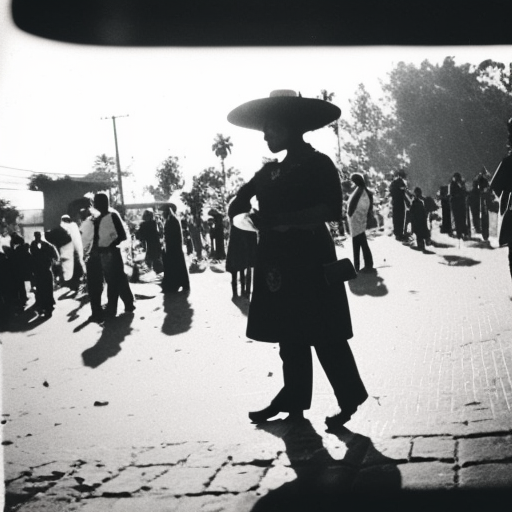Mexican Day of the Dead Festival: A Celebration of Life and Death
The Mexican Day of the Dead Festival, known as Día de los Muertos in Spanish, is a vibrant and colorful celebration that honors and remembers deceased loved ones. It is a unique blend of indigenous Aztec rituals and Catholicism, creating a rich cultural tradition that has been passed down through generations.
Origins and Significance
The origins of the Day of the Dead Festival can be traced back to pre-Columbian times when the Aztecs had a month-long celebration dedicated to the goddess Mictecacihuatl, the Lady of the Dead. The festival was later merged with the Catholic All Saints’ Day and All Souls’ Day, which take place on November 1st and 2nd respectively.
The festival holds great significance in Mexican culture as it is believed that during these days, the spirits of the deceased return to Earth to be reunited with their families. It is not a somber occasion but rather a joyous celebration of life and death, where families gather to remember and honor their loved ones.
Preparations and Altars
Months before the festival, families begin preparations by cleaning and decorating the graves of their loved ones. They also create altars, known as ofrendas, in their homes or at the gravesites. These altars are adorned with marigold flowers, candles, photographs of the deceased, and their favorite foods and drinks.
The ofrendas serve as a welcoming space for the spirits to visit and are believed to help guide them back to the world of the living. Families also place items that the deceased enjoyed during their lifetime, such as toys for children or musical instruments for musicians.
Calacas and Calaveras
A prominent symbol of the Day of the Dead Festival is the calaca, a skeleton figure dressed in colorful clothing. These skeletons are often depicted engaging in everyday activities, reminding people that death is a natural part of life. Calacas can be seen in various forms, including paper mache sculptures, sugar skulls, and even in the form of costumes worn by festival participants.
Calaveras, which are humorous and satirical poems or songs about death, are also an integral part of the festival. These witty verses often poke fun at the living and serve as a reminder to not take life too seriously.
Parades and Festivities
One of the most famous celebrations of the Day of the Dead Festival takes place in Mexico City, where a grand parade known as the Desfile de Día de los Muertos is held. The parade features elaborate floats, giant puppets, and participants dressed in vibrant costumes, paying homage to the spirits of the dead.
Throughout the festival, there are also various cultural events, such as music performances, dance shows, and art exhibitions. Traditional foods, including pan de muerto (bread of the dead) and sugar skulls, are prepared and shared among families and friends.
Symbolism and Legacy
The Day of the Dead Festival is a celebration that embraces the cycle of life and death, reminding people of the impermanence of human existence. It serves as a way to honor and remember loved ones who have passed away, keeping their memories alive through storytelling and shared experiences.
The festival’s vibrant colors, intricate artwork, and joyful atmosphere have captured the imagination of people around the world. It has become an iconic symbol of Mexican culture and heritage, attracting tourists who wish to experience this unique celebration firsthand.
In conclusion, the Mexican Day of the Dead Festival is a cultural phenomenon that brings together ancient Aztec traditions and Catholic beliefs. It is a time for families to remember and celebrate their deceased loved ones, creating altars filled with offerings and participating in parades and festivities. The festival’s rich symbolism and legacy have made it an integral part of Mexican identity and a cherished event that continues to be passed down through generations.












